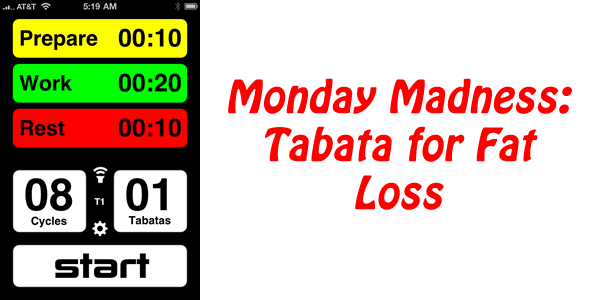
Bodybuilding myths are everywhere. Not that long ago I published 11 Myths About Bodybuilding Destroyed. The response was so good that I decided to expand the list with another 11 bodybuilding myths that need to be destroyed.
- If women lift heavy weights they will begin to look like a man. The facts are that any woman who lifts weights will become stronger over time, but that doesn't make her look like a man. Women produce just a fraction of the natural muscle-building hormone testosterone that men do. Even serious female trainers with many years of experience can't build the bulky muscle seen on male bodybuilders. Of course, anyone—man or woman—who injects themselves with testosterone or anabolic substances will super-enhance their muscular development, but that's well outside of what one can do naturally. MYTH DESTROYED!
- You must train your legs daily in order to get a curvaceous butt. Nothing could be further from the truth. In fact, training your legs daily will eventually lead to injury. Give yourself the required 48 to 72 hours rest before hitting those legs again. MYTH DESTROYED!
- The amount of protein bodybuilders eat is bad for your health. Protein is the raw material that helps you build muscle. Once digested your body breaks all protein down to individual amino acids. The facts are that you need a variety of protein in your diet in order to not shortchange your workouts. MYTH DESTROYED!
- Eating more than 3 meals a day will make you fat. Honestly the number of calories eaten each day is much more important than the number of meals you eat. Bodybuilders “graze” all day long. They eat many smaller meals rather than 3 larger ones. The number of calories is the same. You won't get fat doing this. Just look at how lean a bodybuilder is for further proof. MYTH DESTROYED!
- Women need no supplements. While the supplement plan for a woman is different than that for a man, this bodybuilding myth is ridiculous, but repeated over and over again. Most women need at least a multi-vitamin. They will also benefit from fish oils. Eat right, train hard and get on the right supplements and you will see massive changes in your body. MYTH DESTROYED!
- There is a “best” exercise for each body part. This would be a direct contradiction of the Experiment of One. There is no “best” exercise for each body part. The fact is that your “best” exercise, the one that hits that body part the best, will change over the years. MYTH DESTROYED!
- Training like a bodybuilder will make you look like a bodybuilder. The people making this claim tell you to do more cardio than anything else. They believe they don't need weights. Obviously they are wrong. The most dangerous aspect of this bodybuilding myth is that it sets limitations that don't need to be set. MYTH DESTROYED!
- Over training will happen if you push yourself too hard. This one bugs the hell out of me. I personally believe this bodybuilding myth came about because people don't want to train as hard as they can. I say get in the gym and push yourself to the limit. If you consistently hit the gym and keep pushing the intensity to the next level you are doing real training. MYTH DESTROYED!
- It is best to follow the training plan set up by a professional. Everyone has done this. I have done it. These workouts are a great guideline and by studying them you will learn a lot about programming your own workouts, but you won't ever get the kinds of results you want by copying other people. MYTH DESTROYED!
- There is a quick fix to gaining muscle. This bodybuilding myth is also ridiculous. There are no quick fixes in bodybuilding. This sport takes hard work. Changing your physique takes hard work. Don't listen to anyone who tells you that you can gain 30 lbs of muscle in 30 days or any of the other quick fixes. MYTH DESTROYED!
- The longer you lift the harder your workout. This bodybuilding myth is completely false. I have had some of the most intense workouts in just 45 minutes per session. The difficulty of your workout is directly related to the effort you put in. It has nothing at all to do with the time you put in. Try doing a Tabata workout and tell me that 4 minutes isn't intense enough. MYTH DESTROYED!




